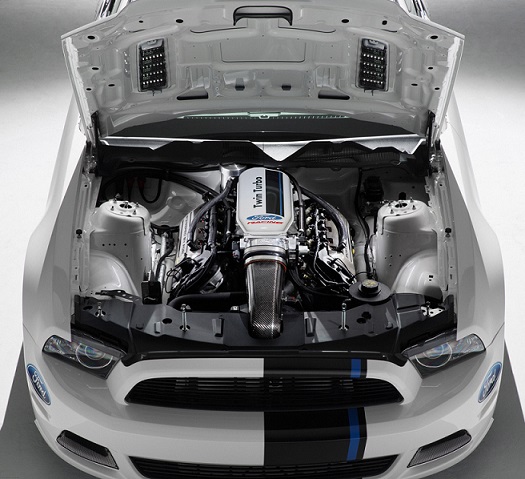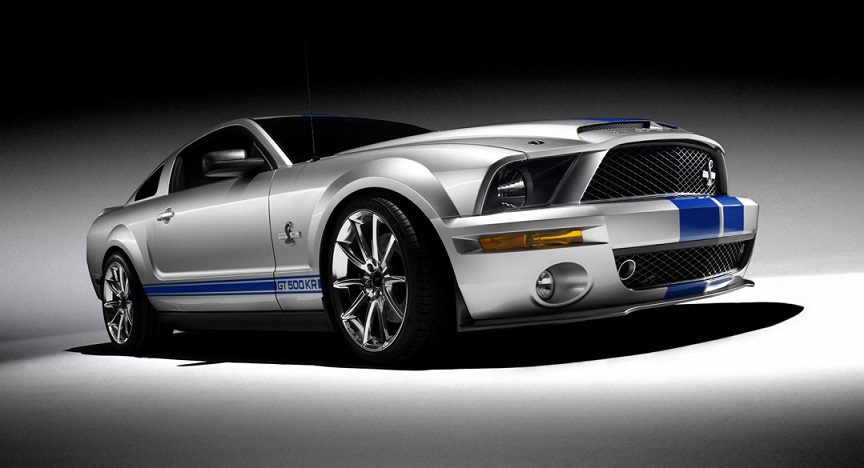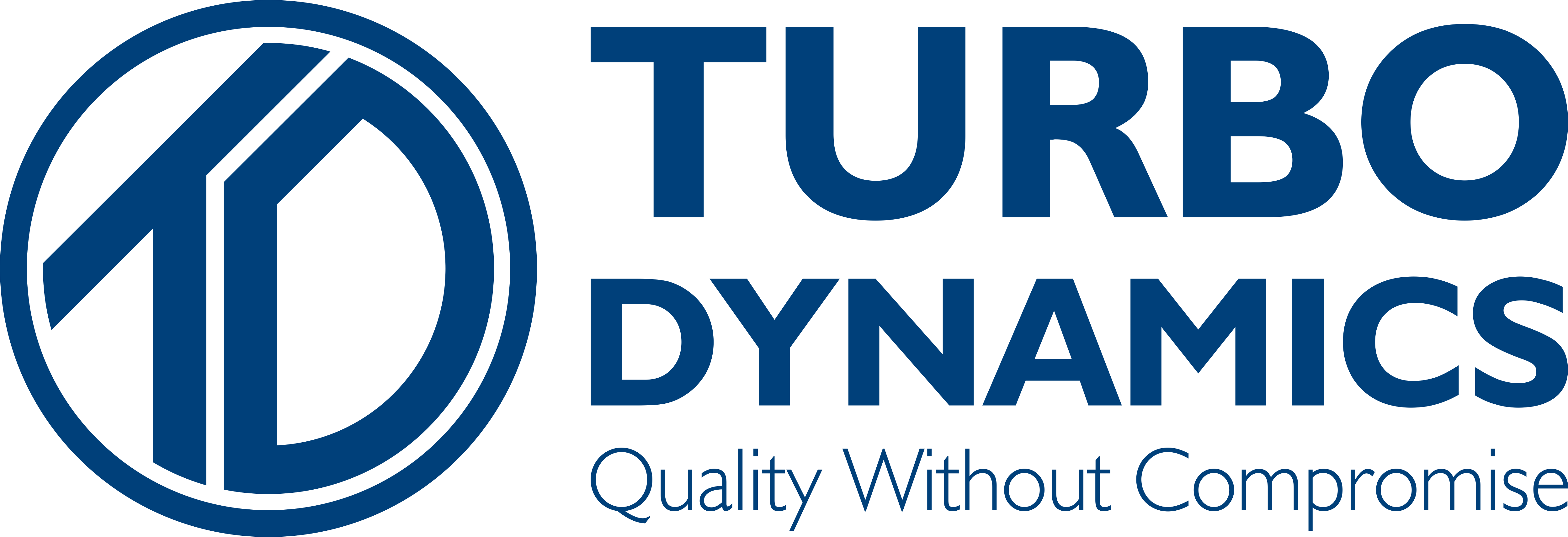
If you’re unimpressed or underwhelmed by the level of horsepower your current engine delivers, you can give it a significant boost by installing a turbocharger.
There are several reasons why you might want a turbocharger. Maybe you’re an adrenaline junkie and want more power and more speed. Or maybe you need your vehicle to be able to tow something heavy. Whether you’re driving a Ford Focus RS or a Ram 1500 EcoDiesel, a turbocharger can give your vehicle the extra juice you’re looking for.
WHAT IS IT?
A vehicle’s engine generates power from the fuel it burns. The engine is capable of burning more fuel and generating more power if more air is delivered to its cylinders. A turbocharger forces more air into an engine, allowing it to burn more gas and increase its horsepower. A typical turbocharger can add about 50% more power to an engine.

WHAT DOES IT DO?
It may take a few seconds for the turbocharger’s power to kick in. This brief delay is known as “turbo lag.” One way to reduce turbo lag is to reduce the inertia of the system’s moving parts by using a foil bearing instead of a conventional oil-bearing. This allows for higher efficiency since the foil bearing offers creates less friction than oil bearings. A smaller turbocharger may deliver a boost more quickly and at lower engine speeds, but it might not be able to provide the same level of power at higher speeds, and it runs the risk of spinning too quickly.

THINGS TO NOTE
The idea of using a turbocharger is to maximize the vehicle’s engine output to deliver as much power as possible, to boost the vehicle’s fuel efficiency, and produce fewer carbon emissions. Another forced air induction system known as a supercharger can deliver more power than a turbocharger and deliver a boost at lower engine speed. But superchargers emit more smog, and because they burn more energy faster, they can experience a lag later than turbochargers do.
